#thecommunity
Explore tagged Tumblr posts
Text

drawing this guy cause apparently THERES NO ART OF HIM LIKE EVER
edit: found out his name doesnt have the underscore in it kms
#the_c0mmunity#roblox hacker#roblox myth community#roblox myths#roblox myth#my art#roblox#the community#the_community#thec0mmunity#thecommunity
91 notes
·
View notes
Text

#otd #startrek #enterprise #thecommunicator #archer #tpol #reed #triptucker #hoshisato #mayweather #phlox #GeneralGosis #LtPell #DrTemec #startrek58 @TrekMovie @TrekCore @StarTrek @StarTrekOnPPlus
0 notes
Text

📍The Commune
6.02.2019 |📸 @kristinemaeb
#2019#2019Jun#kristinemaebsnapshots#kristinemaebphotography#photography#evia#wheninsouth#tigasouthkaba#thecommune#southkids#thecommunehall#wheninevia#evialifestylecenter
0 notes
Text
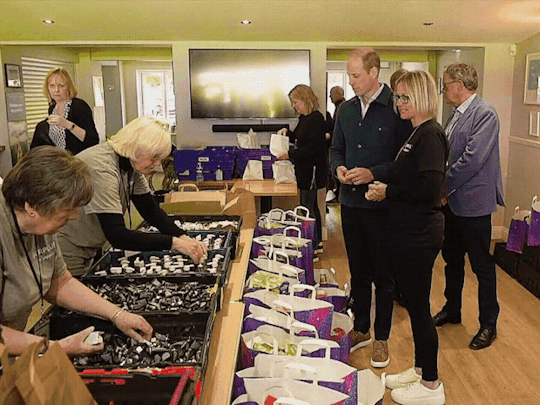
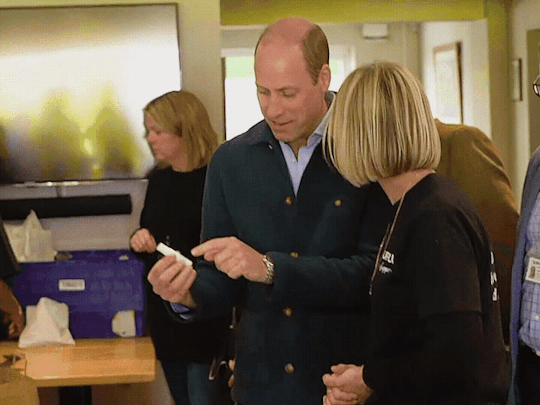
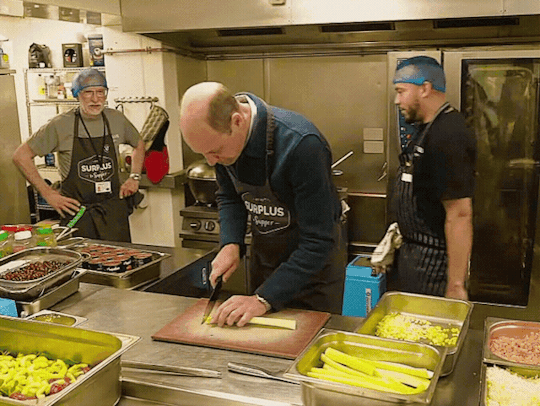



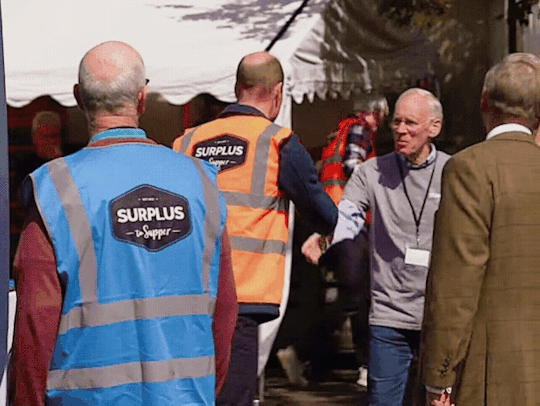

THE PRINCE DIARIES ♔
18 APRIL 2024 || SURREY & WEST LONDON (1/2) : SURPLUS TO SUPPER
The Prince of Wales carried out engagements to spotlight thecommunity and environmental impact organisationsthe area are having through their work. He first visited, Surplus to Supper - a surplus food redistribution charity, to learn about its work in bridging the gap between food waste and food poverty across Surrey and West London.
Founded in 2017, Surplus to Supper redistributes over three tonnes of surplus food a day to local projects such as food-banks, charities, schools, and community organisations. They will hit a significant milestone this month, saving the equivalent of three millionmeals that would have otherwise gone to landfill.
During the visit William, met volunteers who sort and deliver food on behalf of the charity and helped them loading it into their vans for transportation to local organisations.
He also joined the team of chefs in the kitchen and assist in the preparation of the meals.
#british royal family#british royals#royalty#royals#british royalty#royal#brf#prince of wales#the prince of wales#prince wi#prince william#william wales.#royaltyedit#royalty edit#royaltygifs#royalty gifs#18042024#SurplusToSupper24#prince of wales diaries#prince of wales diaries 2024#william prince of wales
89 notes
·
View notes
Text

SCP Foundation art, SCP-7842 - HARBINGER III: THE LION, THE WITCH, AND THE TRAIN WRECK.
SCP-7842 - HARBINGER III: THE LION, THE WITCH, AND THE TRAIN WRECK by TheCommunity: https://scp-wiki.wikidot.com/scp-7842
Patreon | Author Page | Art Hub | Twitter | DeviantArt
131 notes
·
View notes
Text
Cahaba Valley Health Care The mission of Cahaba Valley Health Care is to provide dental and vision services for people in financial need in Jefferson and Shelby Counties, while maintainingour clientsdignity, respectingtheircultural diversity, and strengthening thecommunity (CVHC, 2022). The group clearly values diversity and the patronage of minorities, considering that their website content is provided in both English and Spanish. The groups vision is to be the premier provider of dental and vision services for the entire population of the Cahaba Valley region. Some internal and external barriers of the group may include internal understanding of the importance of diversity, which can lead to a lack of commitment from employees, and can in turn make it difficult to implement important changes. Another internal barrier could be a lack of resources, creating difficulties in training employees on cultural competency (Del Pino et al., 2022). Additionally, external factors such as demographics, funding, and community attitudes can also impact an organizations ability to achieve its diversity goals. However, by recognizing these barriers and taking steps to overcome them, dental and vision health care organizations can move closer to their goal of providing equitable care for all patients. It is important to articulate these characteristics because organizations are successful when employees are able to work together towards a common goal. To do this, it is important that everyone understands and buys into the mission and values of the organization. By doing so, they will be able to show potential employers that they are fully committed to the organization's goals and values and will be able to play a valuable role in helping the organization to achieve its objectives. In short, understanding and being able to articulate barriers to mission and values is an essential skill for any job seeker. References CVHC. (2022). About. Retrieved from https://www.cahabavalleyhealthcare.org/who-we-are Del Pino, F. J. P., Arrogante, O., Simonelli-Muoz, A. J., Gallego-Gmez, J. I., & Jimnez-Rodrguez, D. (2022). Use of high-fidelity clinical simulation for the development of cultural competence of nursing students.Nurse Education Today,116, 105465. Read the full article
0 notes
Text
prince messy as fuck for having the gall to try to act homophobic after writing the glamorous life like nobody that’s not in #TheCommunity could have penned that
#boys with small talk and small minds…really don’t impress me in bed…#but ‘your butt is mine’ was crazy?#ok it was a little crazy#mememe#rainstunes
0 notes
Text

Everything you need to know
Sun on your roof? Not everyone has the space or the cash. But what if you could enjoysolar power without the panels? Dive into this guide to community solar, where you share a giantsuncatcher and reap the clean energy benefits – for less!How does community solar work?Community solar allows people who can't install solar panels on their roofs to enjoy solar energy. Here's a breakdown of how it works:The Setup:● Solar Farm: A large solar panel array is built in a centralized location within thecommunity. This could be on a field, a rooftop, or even a parking lot.● Subscription Model: Instead of owning the panels, residents subscribe to a share of thesolar farm's output. This subscription can be monthly or yearly.● Grid Connection: The solar farm generates electricity that feeds into the local power gridMore of this information in our website at: https://chariotenergy.com/
0 notes
Text
Leadership Pasco Accepting Applications for Class of 2025

The Leadership Pasco Recruitment Committee is excited to announce the upcoming Class of 2025. We are inviting emerging and already flourishing community leaders who reside or work in Pasco County to apply for the Leadership Pasco Class of 2025. Leadership Pasco Accepting Applications for Class of 2025 Applicants will be chosen from a competitive pool of individuals that are interested in learning about the important challenges facing Pasco County and committed to utilizing their leadership abilities for its long-term benefit. Since 1990, Leadership Pasco has introduced business and community leaders to major facets of the Pasco County community through an intensive ten-month course. Class members participate in full-day program sessions, tours, and candid conversations with community leaders to broaden their local understanding of the ever-changing needs of Pasco County. Topics include criminal justice, tourism, healthcare, education, government, infrastructure, media, and business industries. In addition, each Leadership Pasco class is responsible for making a positive impact within thecommunity by organizing a Class Project that brings charitable people and resources together to address a particular social, educational, economic, environmental, or cultural need in Pasco County. For over 30 years, Leadership Pasco has helped to identify and recruit current or potential leaders of Pasco County, facilitate the development and interaction of those leaders, and to foster an issues-oriented learning environment for those leaders and the citizens of Pasco County to encourage an exchange of ideas and generate enthusiasm for community growth and development. Applications are available online at www.leadershippasco.com and are due by May 15, 2024 The Leadership Pasco Recruitment Committee will review all applicants and start the class selection. All selected 2025 class members will be notified by the end of June 2024. Monthly program sessions begin with orientation in August 2024 and conclude with a graduation ceremony in May 2025. For more information, visit www.leadershippasco.com. For questions or concerns, contact Laura Raposa, Recruitment Committee Chair at (727) 858-6452 or [email protected]. About Leadership Pasco Leadership Pasco, established 1988, is a highly respected leadership developmentprogram designed to connect, educate, and engage emerging and existing leaders inPasco County. The program focuses on fostering a deeper understanding of thecommunity, promoting collaboration, and inspiring participants to take an active role inshaping the future of the county. Read the full article
0 notes
Text
Blackwater Against New Nuclear Group (BANNG) firmly contradicts Therese Coffey, MP on Bradwell as a nuclear site.
Therese Coffey MP suggests Bradwell is a large brownfield site. In fact,the site is occupied by the long closed Bradwell A power station now in theprocess of decommissioning before being returned to greenfield land use. Perhaps her most preposterous assertion is that ‘Bradwell has hostednuclear power and hopes to do so again in the future’. In fact, thecommunities and Councils around the…

View On WordPress
0 notes
Text

#otd #startrek #enterprise #thecommunicator #archer #tpol #reed #triptucker #hoshisato #mayweather #phlox #GeneralGosis #LtPell #DrTemec #startrek57 @TrekMovie @TrekCore @StarTrek @StarTrekOnPPlus
0 notes
Text
I believe everyone goes in with rose colored lens when they first approach a new experience and mine was no different. I had imagined all the archivist would do would focus on cataloging and processing; instead, there's bureaucracy, a struggle to maintain funding, and many Zoom meetings, I mean Microsoft Teams. The city government of Austin runs on Microsoft Teams.
Given that, in most cases, a community archive tends to have its genesis from the people instead of traditional institutions, I applaud the city of Austin for being aware of the landscape. At the same time, it can be difficult to approach those in the community when you are working for an institution that may have caused some friction previously. The fact that each of the three Community Archivist (African American, Asian American and Indigenous & Latinx) have responsibility to each their groups (Asian American is composed of some 40 countries). While juggling social responsibilities, maintaining expectations from their institution and managing to keep all the wheels spinning at the same time is challenging.
While I've seen the Community Archivists at their lowest, I've also seen them help each other assemble items to give away at public events. They cover each other's backs, and mostly, they are there to make a difference in their own way. Being a Community Archivist can be a thankless job. There aren't enough funds; they could use a support staff, but at the end of the day, I feel they get some pride from what they've done.
I believe the following skills would prove necessary to operate optimally in this position. As my supervisor said in her interview, the ability to manage projects, especially multiple projects, is most helpful. You will be involved with interacting with people from different backgrounds, so being well-versed in navigating different spaces from institution to community would be beneficial. At the end, it is the soft skills that is most necessary.
Finally, what would be some changes I would make? First, I eliminate the requirement they staff the reference desk. Currently theCommunity Archivist are required to staff the reference room for one or two shifts a week (I'm not entirely sure) and a weekend day every other week I believe. The reference desk is where the public goes for information and while it is handy to know the reference desk and you will learn something every time you work it, I feel the Community Archivist job is busy enough without the reference desk, especially the weeknd shift. Second of all, I would make funds available to hire a support staff of one or two extra pair of hands for this department. During my time there I rarely saw another volunteer besides me in this particular department. My goal is to continue to volunteer at the Austin History Center and learn what I can about Community Archives. I'm not sure where I will go next but I have another 40 years to go so I have time.
0 notes
Text
¹ Jenkins, H. (2008b). Convergence culture: Where Old and New Media Collide. NYU Press.
² TEDx Talk. (2020, Noviembre 20). ¡Prohibido decir! La cultura de la cancelación. Joaquín Sánchez Mariño. TEDxCordoba. [video] https://youtu.be/42299rtlj3Y?si=DMNsBdpz0i48Pk_3
³ TheCommunication(R)evolution. (2015, Agosto 30). Manuel Castells. [video] https://vimeo.com/137791794
⁴ TheCommunication(R)evolution. (2015, Agosto 30). Manuel Castells. [video] https://vimeo.com/137791794
⁵ Jenkins, H. (2008b). Convergence culture: Where Old and New Media Collide. NYU Press.
⁶ García Avilés. (2009). La comunicación ante la convergencia digital: algunas fortalezas y debilidades. Signo y pensamiento, 28(54), 102-113.
⁷ Jenkins, H. (2008b). Convergence culture: Where Old and New Media Collide. NYU Press.
⁸ García Avilés. (2009). La comunicación ante la convergencia digital: algunas fortalezas y debilidades. Signo y pensamiento, 28(54), 102-113.
⁹ Herrera, M. S. (2017). La cultura de la conectividad: una historia crítica de las redes sociales. Van Dijck, José. La cultura de la conectividad: una historia crítica de las redes sociales. Buenos Aires: Siglo XXI Editores, 2016. 301 págs. Propuesta Educativa, 48, 83-85. http://www.redalyc.org/pdf/4030/403056015009.pdf
1 note
·
View note
Photo

Bread & Salt w/ Ethan Assouline, Laëtitia Badaut Haussmann, Julie Béna, Christiane, Blattmann, Violet Cheverez, Léa Domingues, Brendan Fowler, Cali Thornhill Dewitt, Mar Garcia Albert, Tom Godfrey, Jason Hendrik Hansma, Thomas Jeppe, Kyle Keese & Michael Price, Alexander Kelvy, Emanuele Marcuccio, Daniele Mainetti & Eleonora Succi, Pepo Salazar, Daniel Sansavini, Nick Sethi, Tenant of Culture, Shauna Toohey, Misha Hollenbach, Evita Vasiljeva Organized by The Community At The Community Centre, Pantin, France May 22 — June 20, 2021 🔗in stories @thecommunityparis@ethanass @laaaaabiidhuussetttmann @juliebena @tuuerme @lotsaanimation @dominguesleea @brendanfowlerdm8h943 & @caramelbobby @margarcialbert @tg_gal @jason_hendrik_hansma @thomasjeppe1789 @kyle.keese & @sowp_77 @rad_yakka_x_alex @em2062 @danielemainetti & @eleosucci @peposalazarlacruz @danielsansavin @tenantofculture @shauna_teee & @perksandmini @evitavasiljeva #thecommunity #thecommunitycentre #pantin #france #painting #scuplture #installation #art #contemporaryart #ofluxo #ofluxoplatform @ofluxoplatform https://www.instagram.com/p/CQRAJ_KF9w9/?utm_medium=tumblr
#thecommunity#thecommunitycentre#pantin#france#painting#scuplture#installation#art#contemporaryart#ofluxo#ofluxoplatform
12 notes
·
View notes
Photo
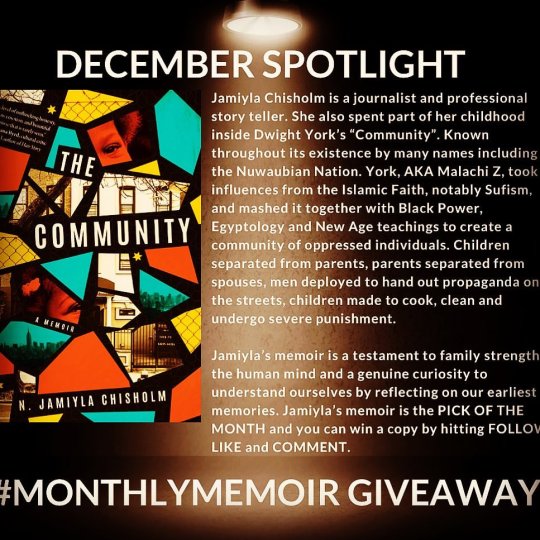
*GIVEAWAY* For your chance to win a copy of @jamiylachisholmwrites “The Community” — LIKE,COMMENT,FOLLOW this account before December 31st! International giveaway. Tag a friend!! #cult #cults #thecommunity #nuwaubian #dwightyorke #malachizyork #dryork #memoir #memoirwriting #memoirs #memoirgiveaway #bookgiveaway #bookgiveawayuk #bookgiveaways #bookstagram #giveawayuk #giveawayworldwide https://www.instagram.com/p/CmwuI78oPik/?igshid=NGJjMDIxMWI=
#cult#cults#thecommunity#nuwaubian#dwightyorke#malachizyork#dryork#memoir#memoirwriting#memoirs#memoirgiveaway#bookgiveaway#bookgiveawayuk#bookgiveaways#bookstagram#giveawayuk#giveawayworldwide
0 notes
Text
Exclusive.
The pendant. A celtic triquetra with a heart woven into it. Signifying eternal love. 925 silver. Only available from me & at Man, Myth and Magik in Glastonbury. It’s nearly valentines day, so what could be more perfect. In ‘The Community’ this is the symbol that Jack uses and if you’ve read it you’ll know how special it was to Jack and Mary. ‘The Community’ S C Richmond

View On WordPress
0 notes